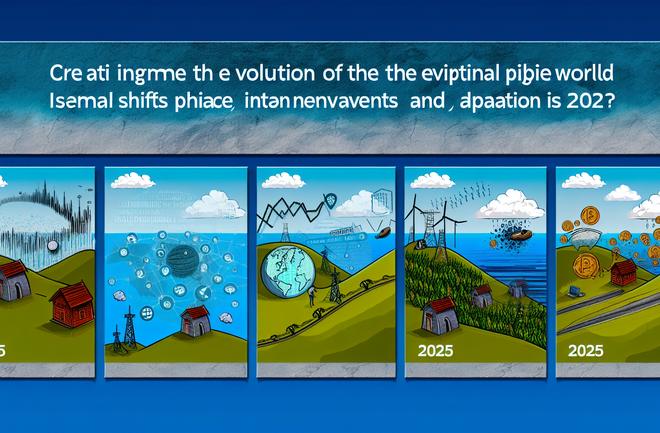
Navigating the Fleet Telematics Maze: Eight Essential Inquiries for Savvy Managers
As modern fleet managers seek to harness technology for streamlined operations, fleet telematics systems have emerged as invaluable tools. Gone are the days when basic vehicle tracking sufficed; today, comprehensive fleet intelligence platforms are making substantial impacts on the bottom line. However, the potential benefits come with the challenge of selecting a system that not only addresses current needs but also evolves with your business. This means integrating telematics into fleet management is no longer just a choice—it’s a strategic move that demands careful consideration.
Firstly, it’s crucial for fleet managers to scrutinize how well a telematics solution aligns with their specific operational goals. Telematics solutions offer a suite of features that can optimize routes, monitor driver behavior, and enhance vehicle maintenance. Thus, the first question to ask is, “How does this solution meet my specific fleet management objectives?” Tailoring the fit ensures that the benefits of reduced costs and increased safety are fully realized.
Another critical factor is integration capability. The telematics platform you choose should seamlessly blend into your existing systems. Fleet managers should probe potential partners with the question, “Can your solution integrate with our current technology ecosystem and adapt to future systems?” Ensuring this compatibility minimizes disruptions and creates a cohesive digital environment for your fleet operations.
Scalability is another pillar of a solid telematics partnership. As businesses grow, so does the demand on fleet resources. The question at hand is, “Does your telematics system have the capacity to scale up as our business needs expand?” A scalable solution not only supports immediate demands but also prevents the headache of future replacements as your operations expand.
Security should never be an afterthought in any technological adoption. When evaluating telematics systems, inquire about the partner’s security measures: “What data protection protocols are in place to safeguard our fleet information?” With cybersecurity threats rising, ensuring data is securely managed is imperative for any forward-thinking fleet manager.
Additionally, consider the support and training provided. Even the most sophisticated telematics system fails without proper user onboarding and ongoing support. Ask, “What training resources and support services does your company offer to ensure successful adoption and continual use of the platform?” This support can make the difference between an implemented system and an effectively utilized one.
In conclusion, selecting the right telematics partner involves more than just evaluating the features of the system. It requires a strategic approach that encompasses alignment with operational goals, integration, scalability, data security, and support services. By posing the right questions, fleet managers can transform telematics from a mere tracking tool into a pivotal asset that drives efficiency and business growth. As with any crucial business decision, taking the time to thoroughly vet potential partners will pave the way for successful telematics adoption and long-term value creation.




